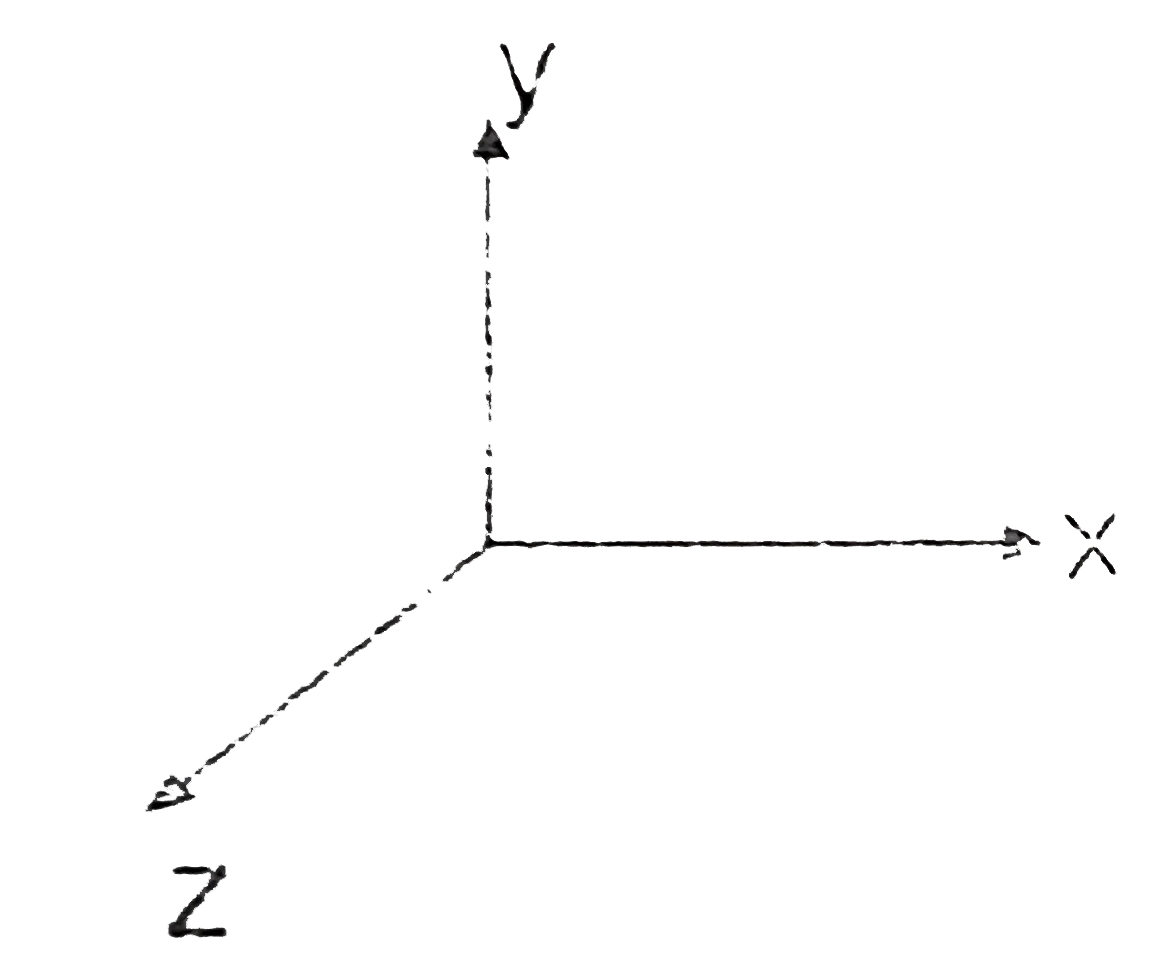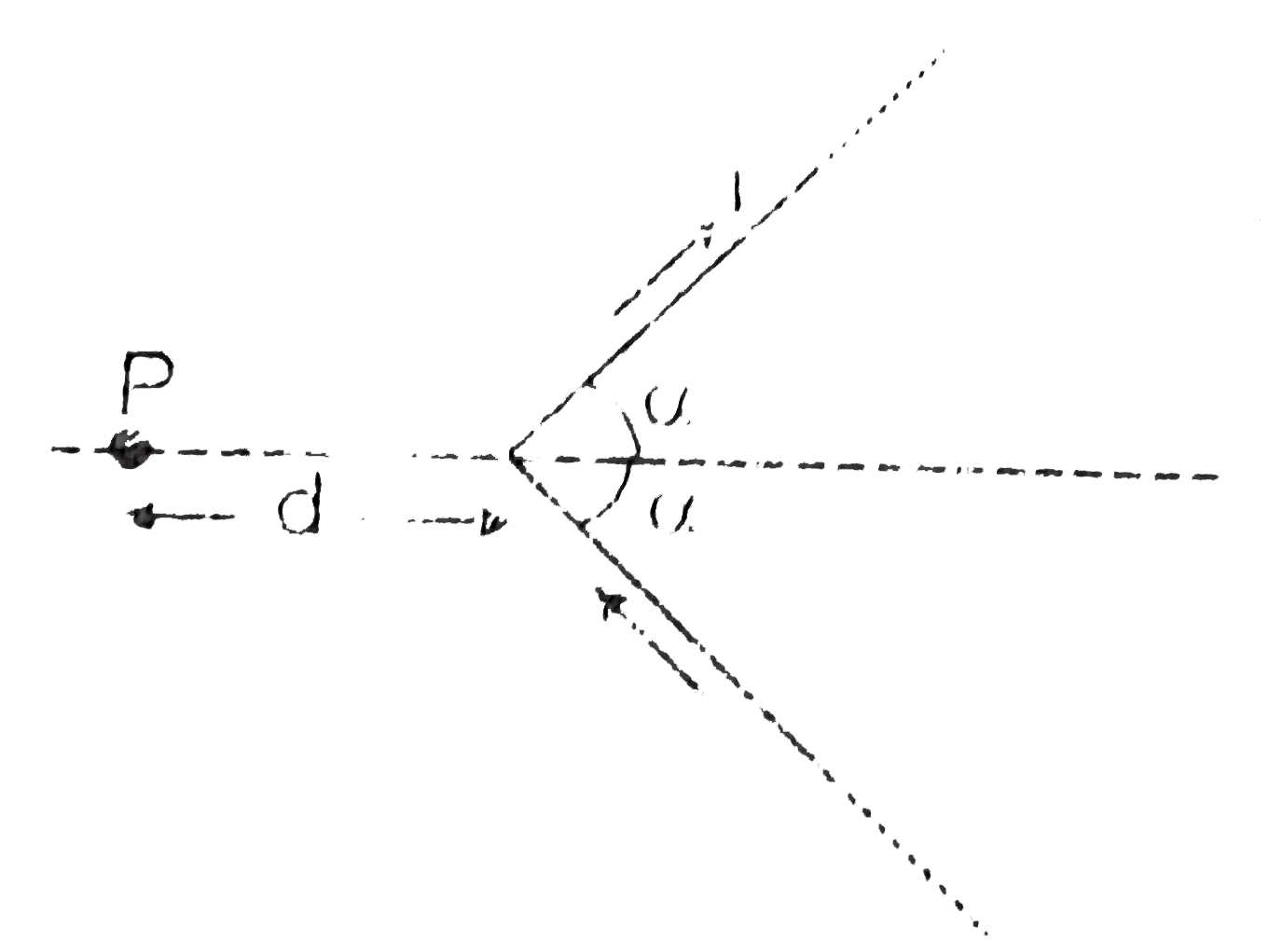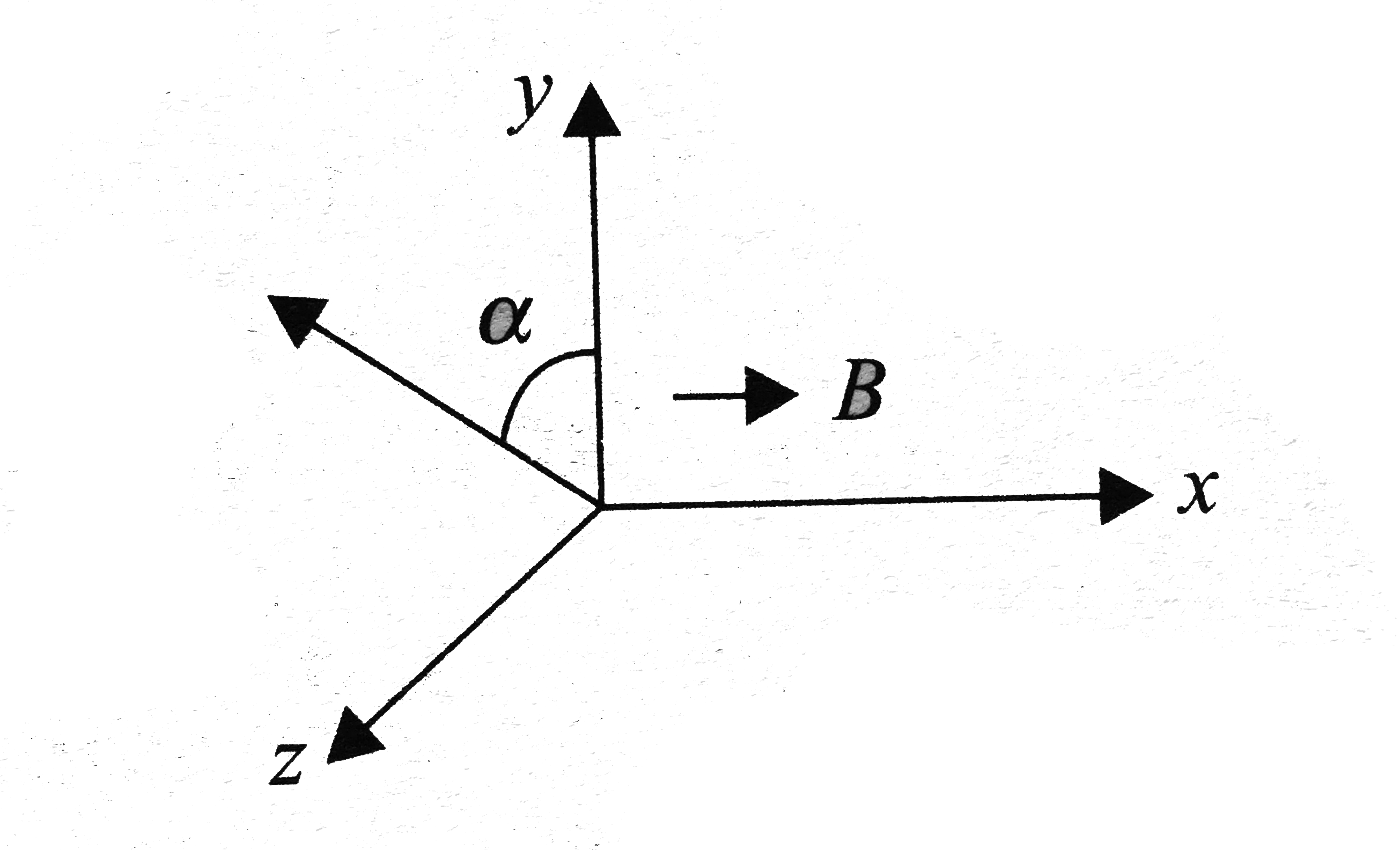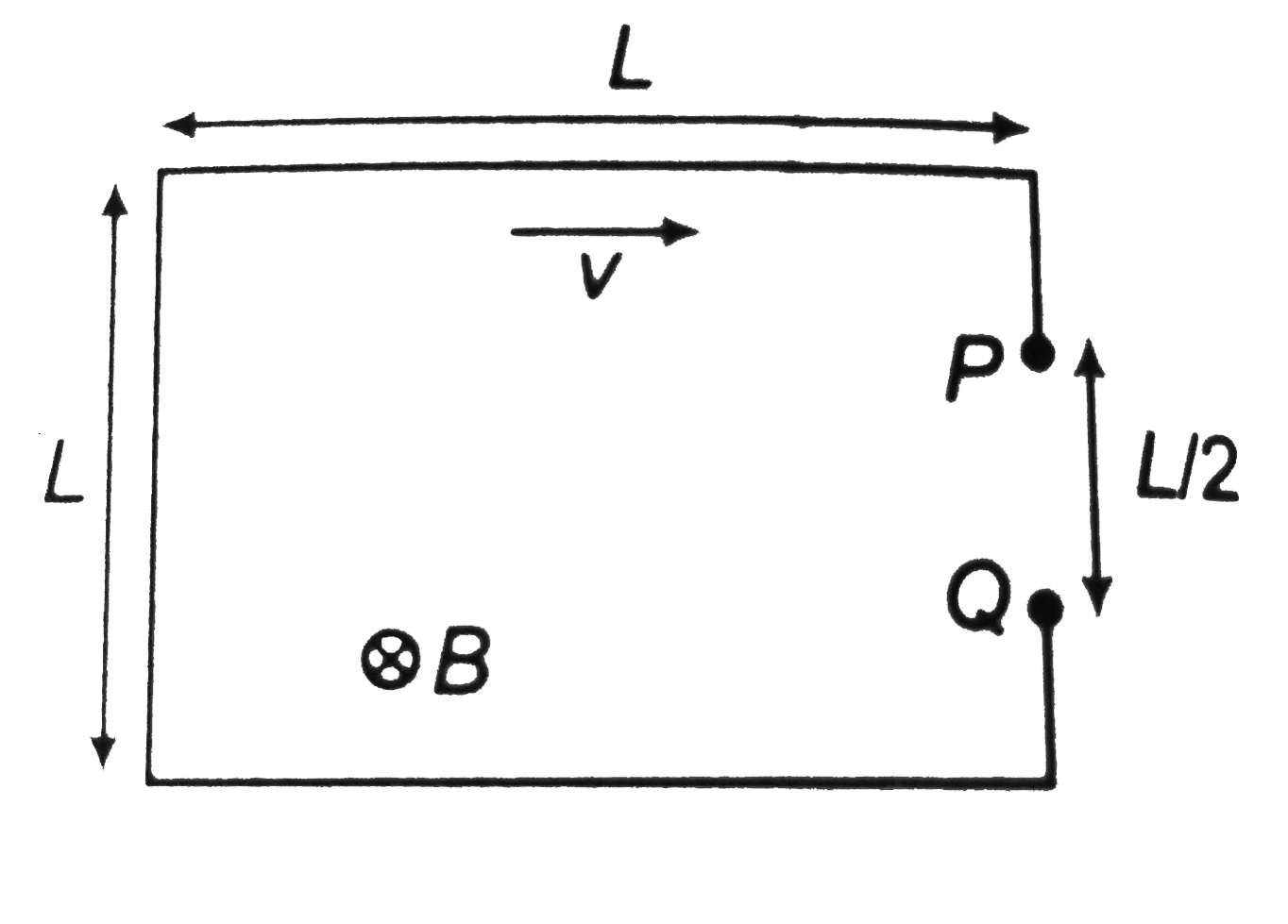A neutral atom of atomic mass number I 00 which is stationary at the origin in gravity free space emits an a-particle (A) in z-direction. The product ion is P. A uniform magnetic field exists in the x-direction. Disregard the electromagnetic interaction between A and P. If the angle ofrotation of A after which A and P will meet for the first time is nπ25 radians, what is the value of n?
12
24
36
48
Step by step video & image solution for A neutral atom of atomic mass number I 00 which is stationary at the origin in gravity free space emits an a-particle (A) in z-direction. The product ion is P. A uniform magnetic field exists in the x-direction. Disregard the electromagnetic interaction between A and P. If the angle ofrotation of A after which A and P will meet for the first time is (npi)/(25) radians, what is the value of n? by Physics experts to help you in doubts & scoring excellent marks in Class 12 exams.
Updated on:21/07/2023Topper's Solved these Questions
- MAGNETIC EFFECTS OF CURRENT AND MAGNETISMBOOK - PHYSICS GALAXY - ASHISH ARORACHAPTER - MAGNETIC EFFECTS OF CURRENT AND MAGNETISMEXERCISE - Advance MCQ
29 Videos
- MAGNETIC EFFECTS OF CURRENT AND MAGNETISMBOOK - PHYSICS GALAXY - ASHISH ARORACHAPTER - MAGNETIC EFFECTS OF CURRENT AND MAGNETISMEXERCISE - U.N.P
79 Videos
- MAGNETIC EFFECTS OF CURRENT AND MAGNETISMBOOK - PHYSICS GALAXY - ASHISH ARORACHAPTER - MAGNETIC EFFECTS OF CURRENT AND MAGNETISMEXERCISE - Conceptual MCQ
37 Videos
- Kinetic Theory of Gases and Gas LawsBOOK - PHYSICS GALAXY - ASHISH ARORACHAPTER - Kinetic Theory of Gases and Gas LawsEXERCISE - Unsolved Numerical Problems for Preparation of NSEP, INPhO & IPhO
64 Videos
- NUCLEAR PHYSICS AND RADIOACTIVITYBOOK - PHYSICS GALAXY - ASHISH ARORACHAPTER - NUCLEAR PHYSICS AND RADIOACTIVITYEXERCISE - Concptual MCQs
48 Videos
Similar Questions
Discuss the motion of a charged particle when subjected to a uniform magnetic field, when the direction of motion of the particle makes an angle ϕ with the direction of magnetic field.
View SolutionA charged particle begins to move from the origin in a region which has a uniform magnetic field in the x-direction and a uniform electric field in the y-direction. Its speed is v when it reaches the point (x, y, z). Then, v will depend
View Solution
Knowledge Check
A neutral atom which is stationary at the origin in gravity -free space emits an α- particle (A) in the z-direction. The product atom is P. A uniform magnetic field exists in the x-direction. Disregard the electrostatic forces between A and P.
AA and P will move along circular parths of equal radii.BA has greater time period of rotation than PCA has greater kinetic energy than PDA and P will meet again somewhere in the yz plane.A uniform electric field and a uniform magnetic field exist in a region in the same direction. An electron is projected with a velocity pointed I the same direction. Then the electron will:
Abe deflected to the left without increase in speedBbe deflected to the right without increase in speedCnot be deflected but its speed will decrease.Dnot be deflected but its speed will increase.The direction of the field B at P is

 Aalomg + x-axisBalong + z-axisCalong (-x)-axisDalong + y-axis
Aalomg + x-axisBalong + z-axisCalong (-x)-axisDalong + y-axis
A charged particle (charge q, mass m) has velocity v0 at origin in +x direction. In space there is a uniform magnetic field B in -z direction. Find the y coordinate of particle when is crosses y axis.
View SolutionIn a region of space, a uniform magnetic field B exists in the x-direction. An electron is fired from the origin with its initial velocity u making an angle α with the y direction in the y-z plane. In the subsequent motion of the electron,

View SolutionIn a region of space, a uniform magnetic field B exists in the y-direction A proton is fired from the origin, with its initial velocity v making a small angle alpha with the y-direction in the yz plane. In the subsequent motion of the proton
 .
.
View SolutionThe loop shown moves with a velocity v in a uniform magnetic field of magnitude B, directed into the paper. The potential differene between point P and Q is e. Then

View SolutionThere is a uniform magnetic field and a charged particle is given an initial velocity at an acute angle to the direction of the magnetic field. What kind of path will the particle follow?
View Solution